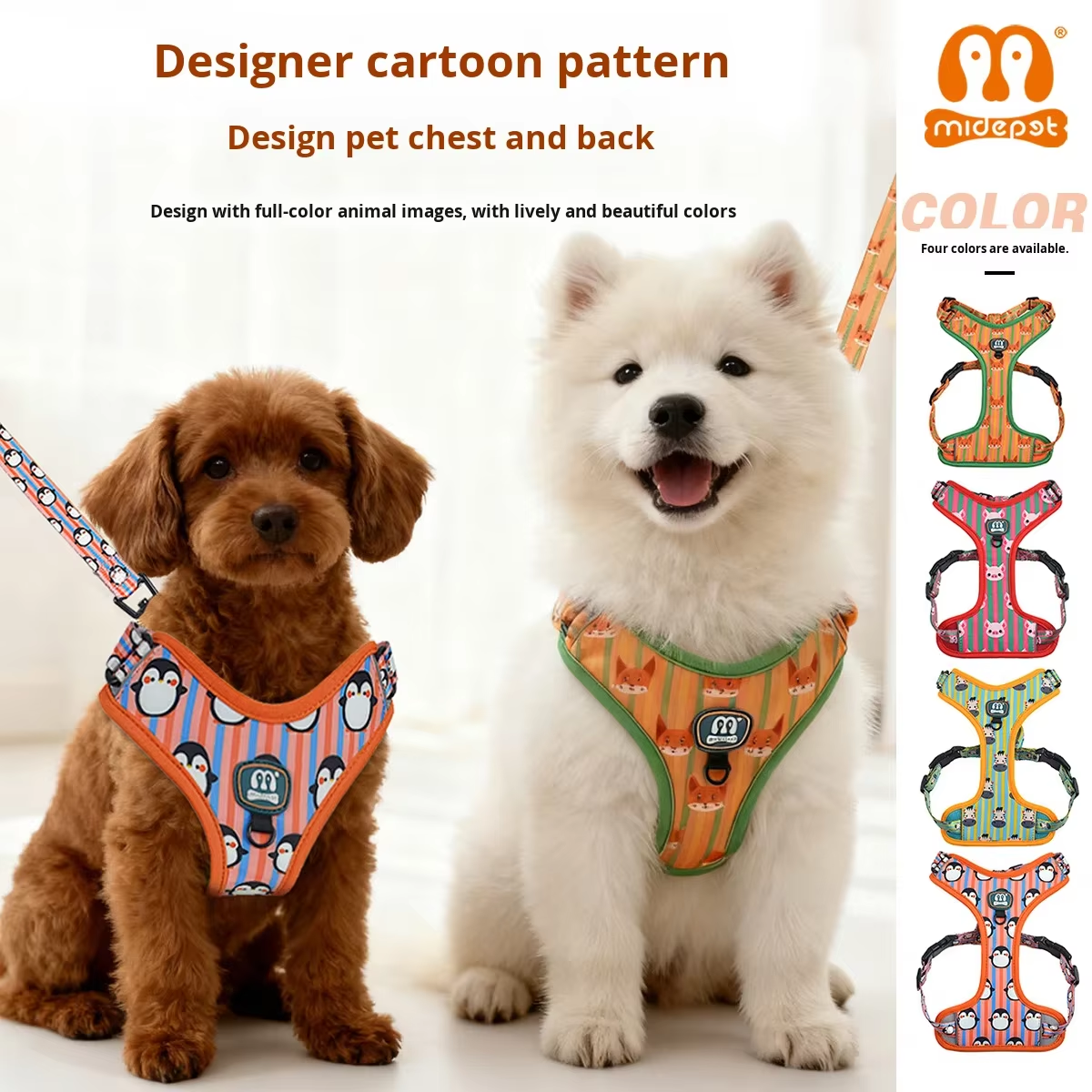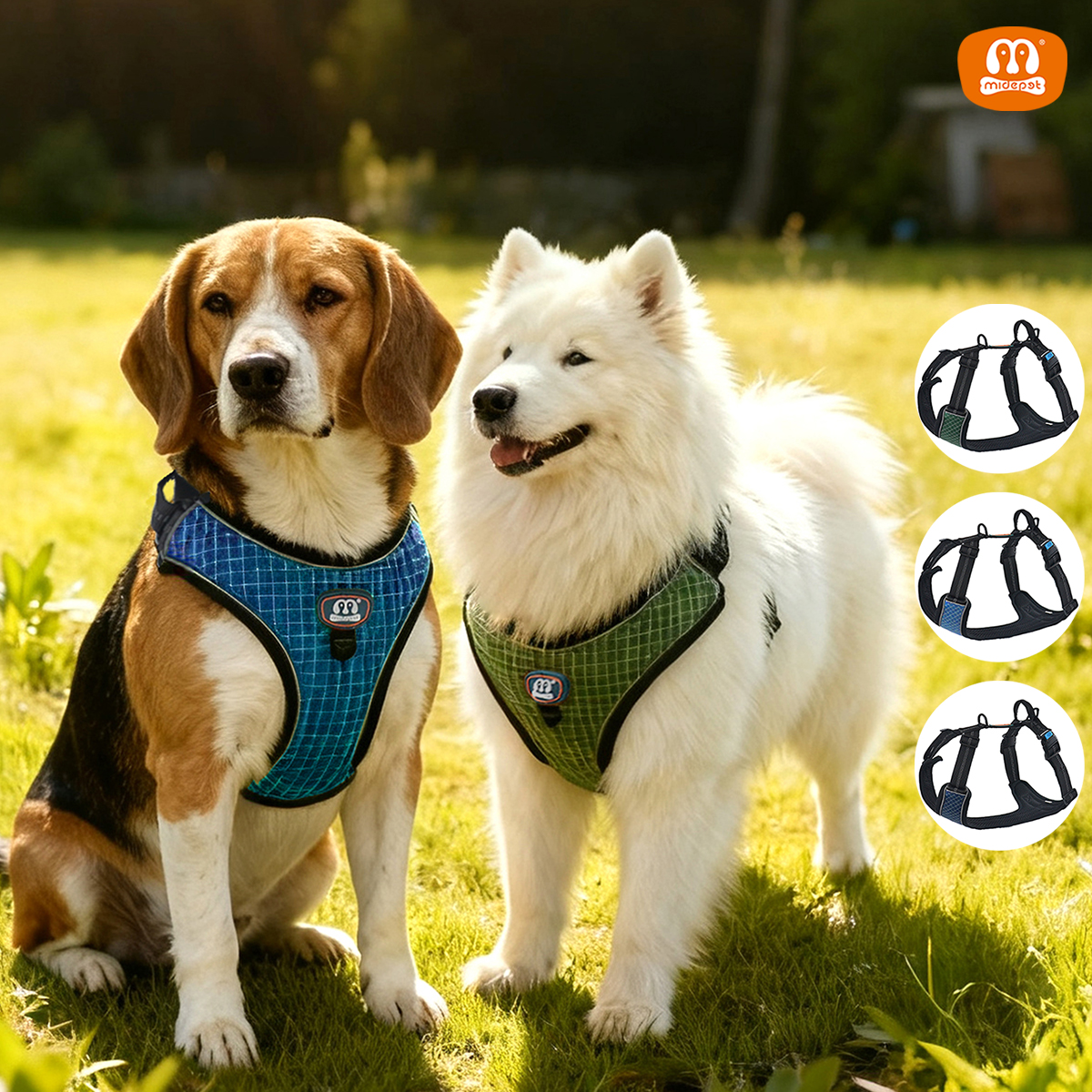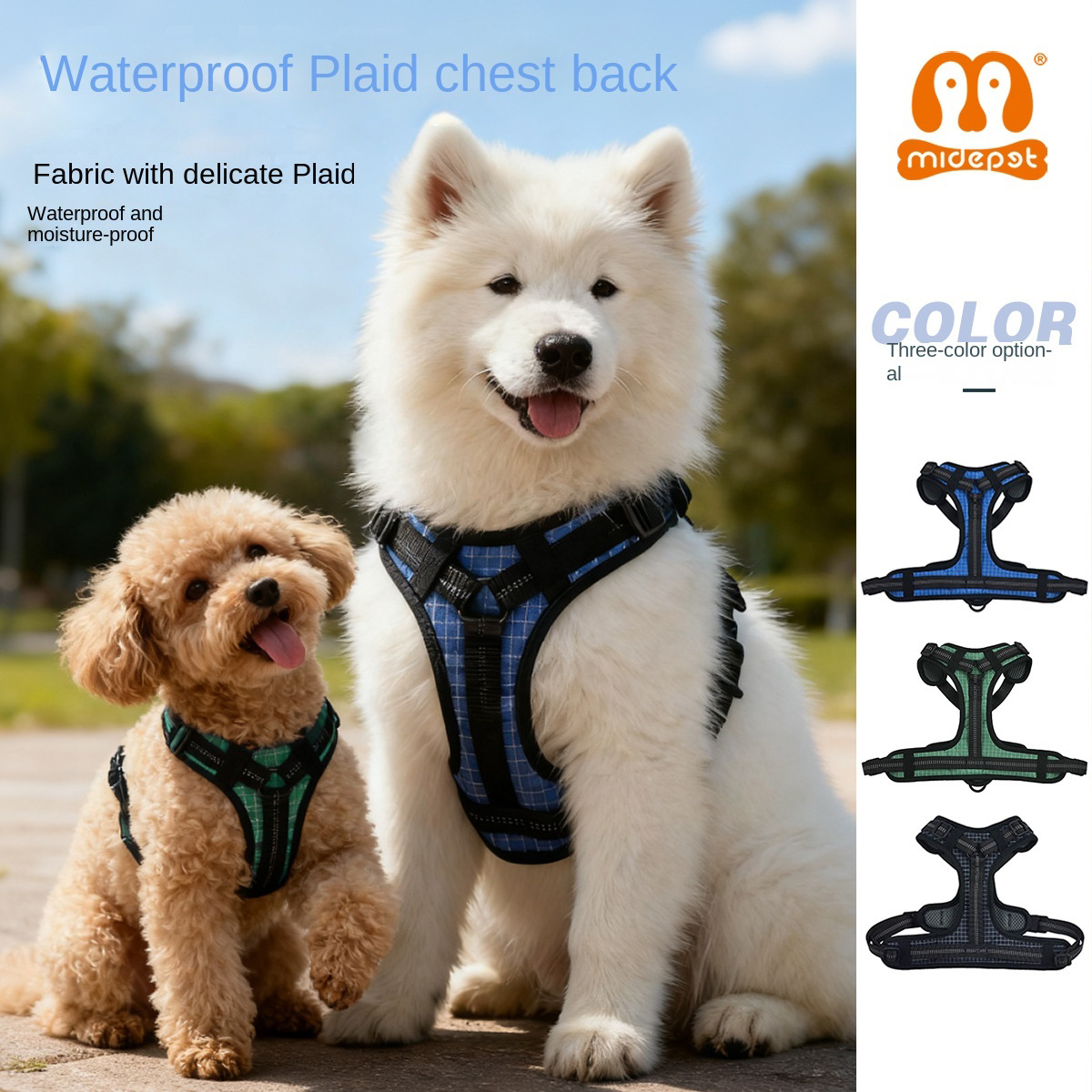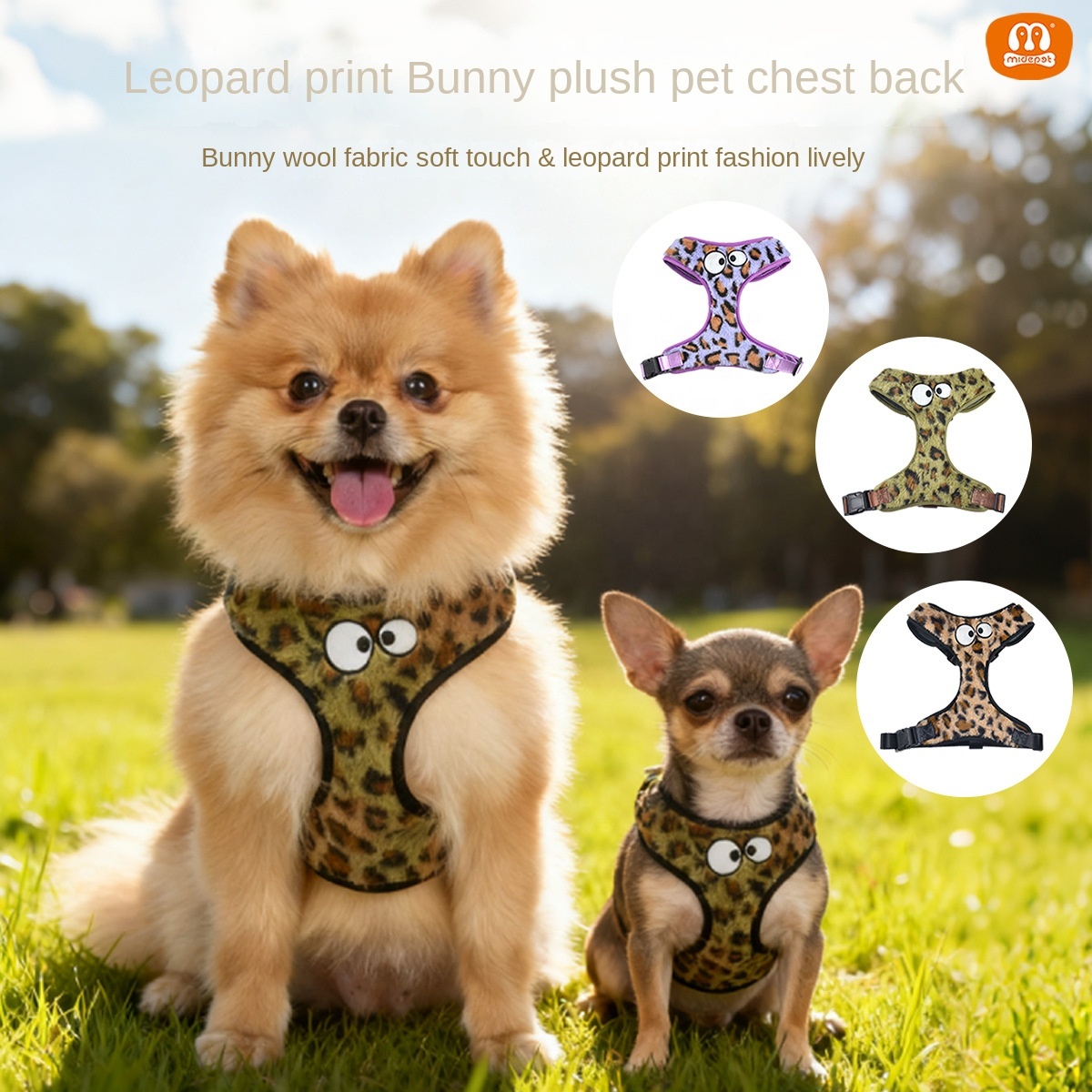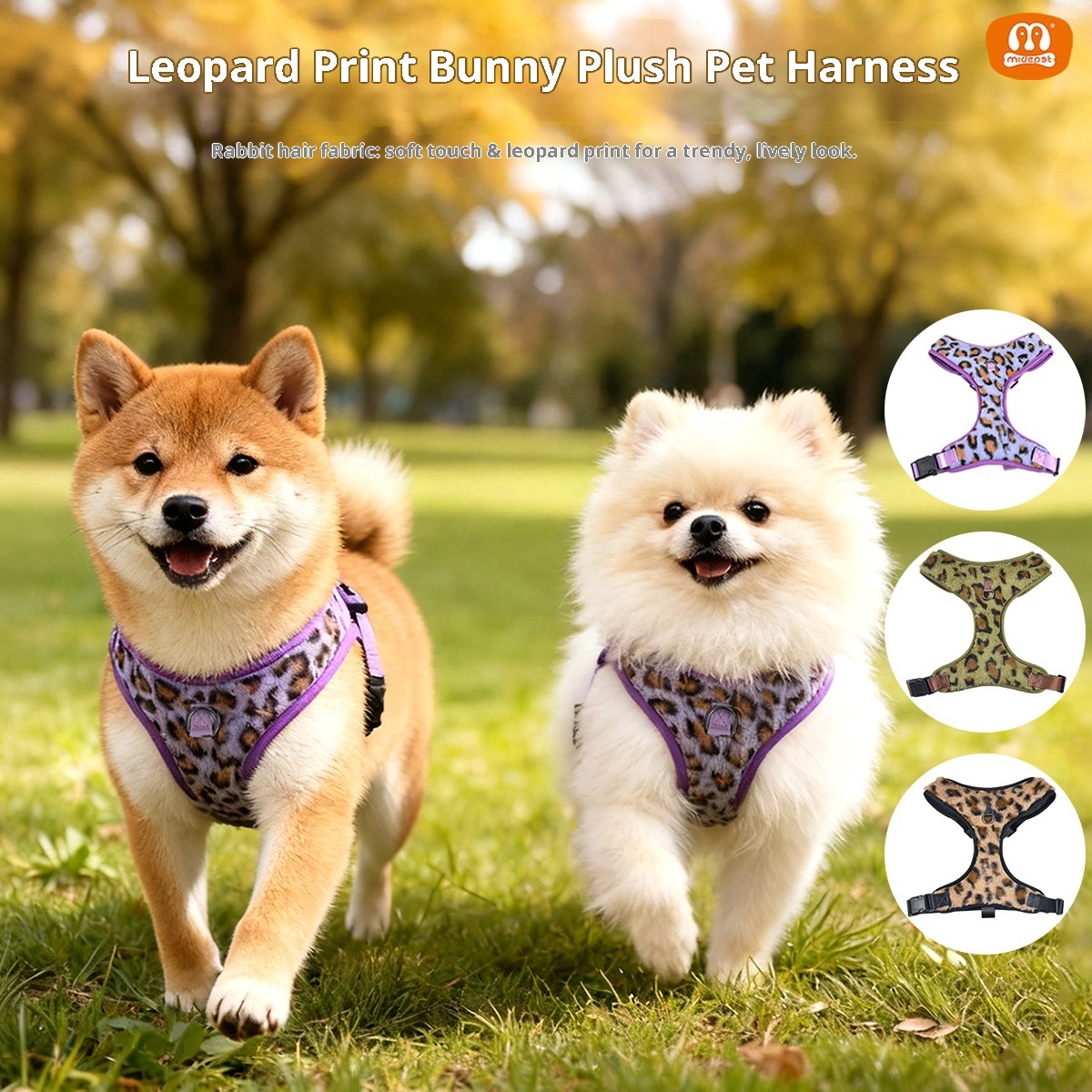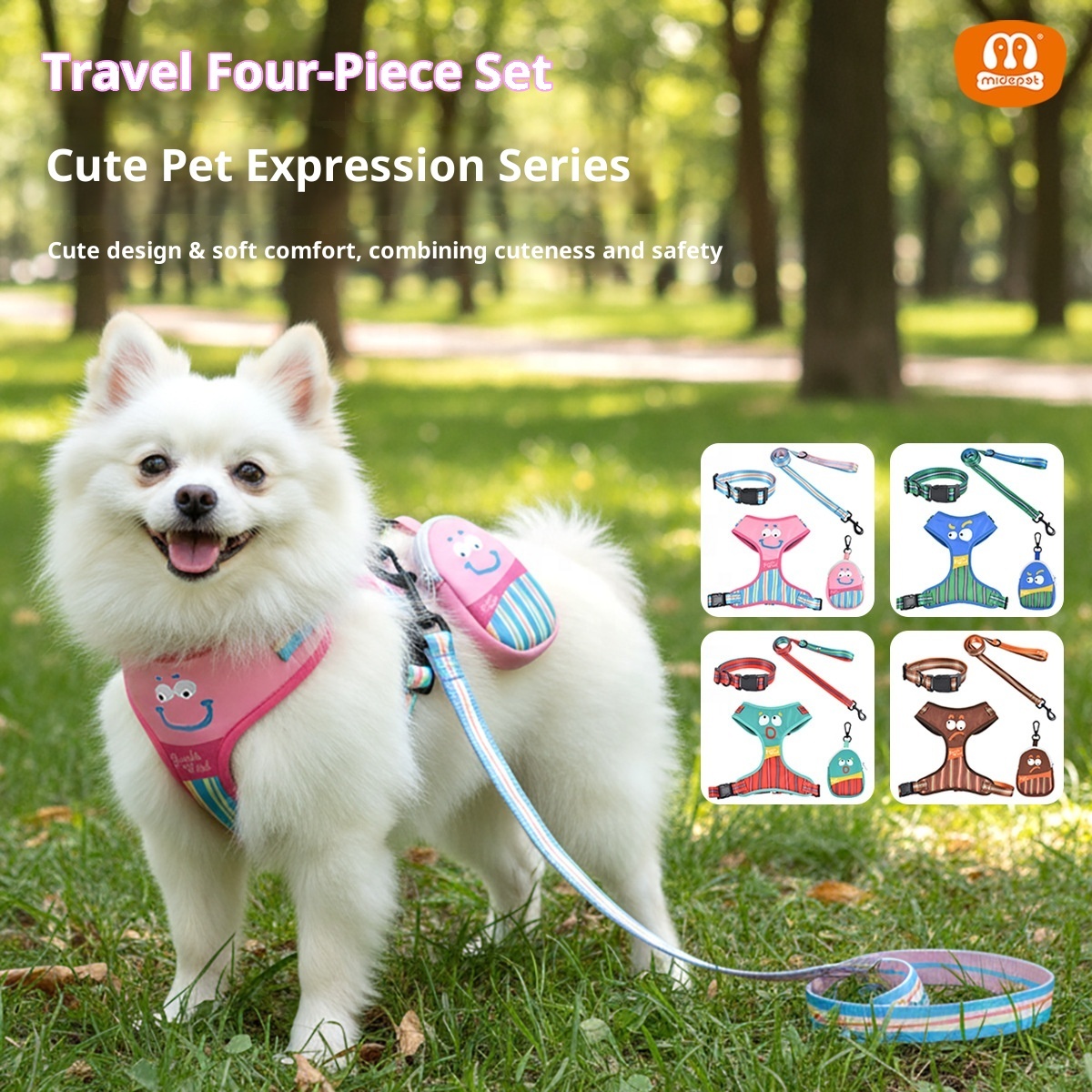Should Puppies Wear Collars
Should Puppies Wear Collars?
Introduction
When it comes to choosing the right accessories for your puppy, a collar is a key consideration. Whether for identification, control, or added safety, there are several benefits to having your puppy wear a collar. This article will explore the advantages of puppy collars, how to choose the right one, and important considerations to ensure your puppy’s comfort and safety.
1. Benefits of Puppies Wearing Collars
Identification
Collars help in identifying your puppy, especially if they get lost. A collar with your contact information can significantly increase the chances of being reunited with your pet. Choose a durable collar that clearly displays your contact details.
Leash Control
Collars are useful for controlling your puppy during walks. A well-fitting collar helps you manage your puppy’s movements and prevent excessive pulling. Ensure that the collar design suits your puppy’s size and doesn’t cause discomfort.
Additional Features
Modern collars come with various features. For example, collars with reflective strips enhance visibility at night, improving your puppy’s safety in low-light conditions. Some collars can also be fitted with a pet tracker or microchip for extra security.

2. How to Choose the Right Collar for Your Puppy
Size and Comfort
Selecting the right size collar is crucial. Measure your puppy’s neck circumference with a soft tape measure and choose a collar that fits comfortably. Opt for materials that are soft and breathable to avoid irritation.
Safety
Safety is a top priority when choosing a collar. Look for collars with safety release buckles that can open if your puppy gets caught. Avoid materials that may cause allergies or discomfort.
Design and Functionality
Choose a collar based on your puppy’s size and activity level. Small puppies may need lightweight collars, while larger puppies require more robust designs. Consider additional features such as waterproofing or adjustable straps as needed.

3. Considerations for Puppies Wearing Collars
Regular Checks
Regularly check the collar’s fit to ensure it’s not too tight or too loose. Watch for signs of irritation or discomfort, and adjust or replace the collar as necessary to maintain comfort.
Cleaning and Maintenance
Keep the collar clean to ensure hygiene. Wash the collar with mild soap and water, and let it dry completely. Regularly inspect the collar for wear and tear, and replace it if it becomes damaged.
Gradual Adjustment
When introducing a collar, start with short periods of wear and gradually increase the duration. Use positive reinforcement to help your puppy get used to wearing the collar comfortably.
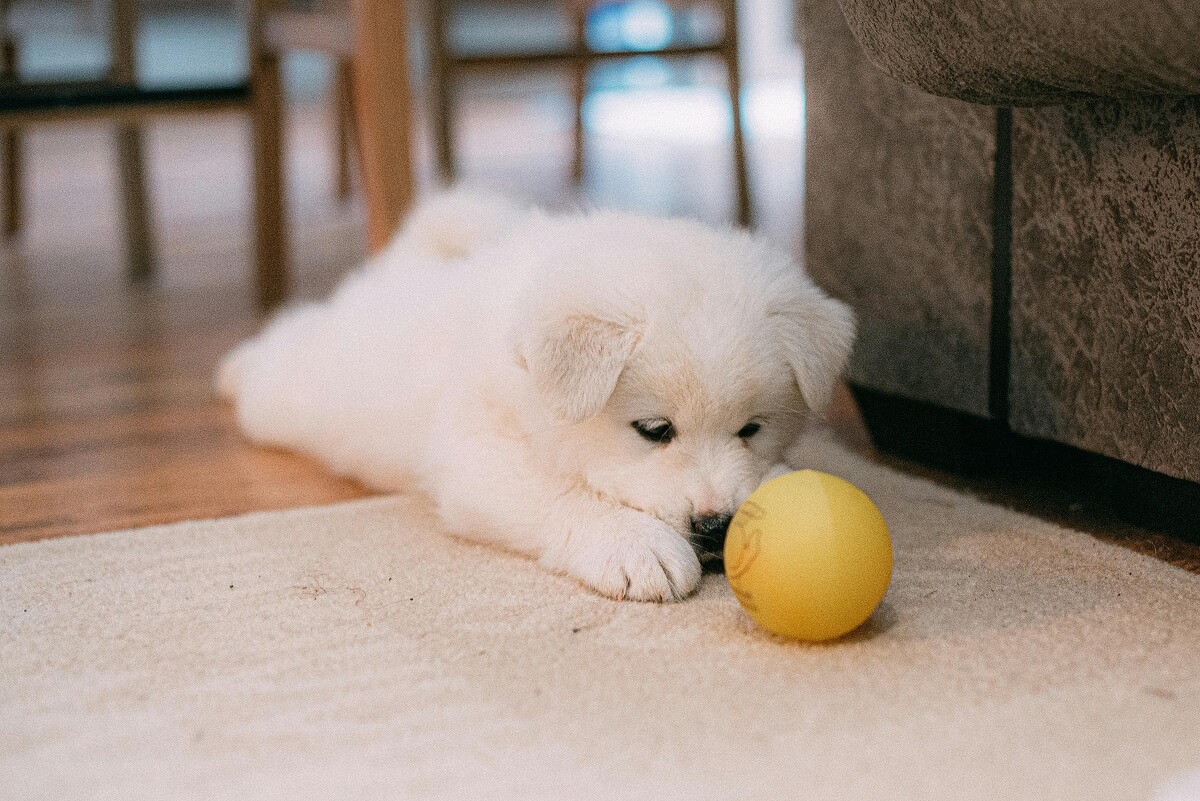
4. When Collars May Not Be Suitable
Skin Issues
If your puppy has skin allergies or infections, it may be best to avoid collars temporarily. Ensure that your puppy’s skin condition is treated properly before resuming collar use.
Extreme Weather
In extreme weather conditions (such as very hot or very cold temperatures), be cautious with collar use. Ensure that the collar doesn’t affect your puppy’s comfort in harsh weather conditions.

Conclusion
Wearing a collar can offer many benefits for your puppy, including identification, control, and added safety. It’s important to choose a collar that fits well, is comfortable, and suits your puppy’s needs. Regular maintenance and proper adjustments will help ensure your puppy remains happy and safe.
Call to Action
If you’re looking for high-quality wholesale collars for puppies, contact us today! We offer a variety of styles and features to meet your needs, ensuring comfort and durability. Act now to find the perfect collar for your puppy and enhance their safety and well-being.


